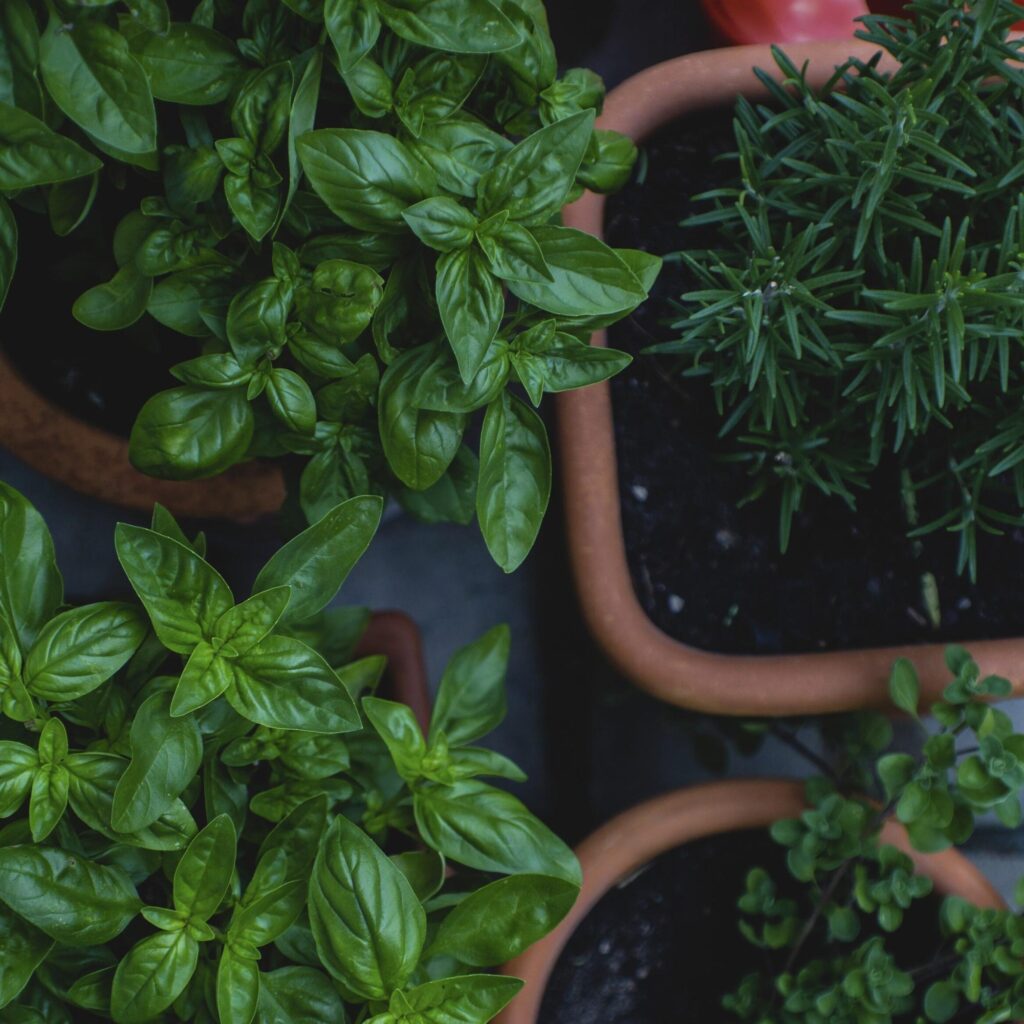The ability of the world’s flora to store carbon dioxide (CO₂) as biomass after being drawn from the atmosphere is astounding. As a result of their absorption of CO2, plants slow down climate change because they do not contribute to global warming.
According to a study by Western Sydney University scientists in Australia, plants may absorb more carbon dioxide than previously thought.
According to lead researcher Dr. Jürgen Knauer, three important physiological pathways related to photosynthesis are frequently ignored by current models. The effectiveness of carbon dioxide transfer through leaves, plant adaptations to temperature fluctuations, and more economical nutrient distribution in the face of scarcity were all taken into consideration by the more recent, thorough modeling.
By collecting data on these three physiological parameters listed in the well-known Community Atmosphere–Biosphere Land Exchange Model (CABLE), the researchers evaluated the effectiveness of carbon dioxide synthesis by plants in stressed settings.
Researchers included the variable of a severe climate-change scenario, which exacerbated these already existing characteristics. This was repeated eight times with varied combinations of the variables involved, employing strategies that concurrently accounted for all the elements, one factor, two factors, and none at all.
In a time of global crisis, the researchers discovered that, out of the eight models they developed, the most complex one—which took into consideration all three physiological parameters in a strongly changing environment—predicted the highest amount of carbon dioxide uptake, around 20% more than previously believed.
Despite being physiologically significant in carbon dioxide fixation, these aspects have long been overlooked in models of global climate change. Thus, these models most likely underestimated the amount of carbon dioxide that plants will eventually absorb.
Nonetheless, there are two possible issues with the model that Knauer and his colleagues created.
The first is a spatial issue: Although the models developed used global data from CABLE, they had a primarily global outlook. However, the impact of climate change in particular regions—like the Amazon rainforest, which fixes one-fourth of the world’s carbon dioxide emissions but whose total carbon dioxide absorption has decreased by thirty percent since 1990—is extremely relevant to examine.
Temporal concerns are the second possible issue with the study. According to Knauer, plants absorb a significant quantity of carbon dioxide annually, which mitigates the negative consequences of climate change. However, it is unclear how long plants will continue to absorb carbon dioxide.
Thus, further study in these areas will be beneficial. Nevertheless, the new model generates a marginally more optimistic assessment of the current state of affairs, independent of spatial and temporal representativeness.
The results emphasize the need for conservation and restoration initiatives because they imply that plants are more important than previously believed in mitigating the consequences of climate change.
Knauer cautioned that although plants might be more hardworking than previously thought, they would never perform the labor-intensive tasks for humans. It is still up to us as humans to significantly reduce our reliance on fossil fuels to combat climate change. There isn’t a shortcut.
Our research emphasizes how resilient plants are and how crucial it is to preserve existing vegetation and plant new trees to slow down climate change. Even if this is encouraging news, it doesn’t absolve us of our responsibility to combat climate change. We still need to reduce emissions because of how quickly atmospheric CO2 is rising.
What becomes of the CO2 that plants absorb?
Plants use photosynthesis to absorb CO2. This mechanism “fixes” CO2 from the air into the sugars that plants need for growth and metabolism by harnessing the energy of the sun.
Plants respire rather quickly, releasing around half of that CO2 back into the atmosphere. The other half is kept in the plant biomass for a longer period—months to centuries—and is utilized for growth.
Eventually, that biomass will decay and die. While some of the carbon will return to the sky, some may seep into the soil, where it may remain for hundreds of years.
Therefore, more carbon will probably be stored in vegetation and soils if plants absorb more CO2. The annual global carbon budget assessment has demonstrated that this “land sink” of carbon has increased over the last few decades.
Furthermore, the benefits of rising atmospheric CO2 on plant photosynthesis have been widely credited with driving the growing land carbon sink. This is significant because soil and plant carbon storage reduces atmospheric CO2 increases and, consequently, global warming.
